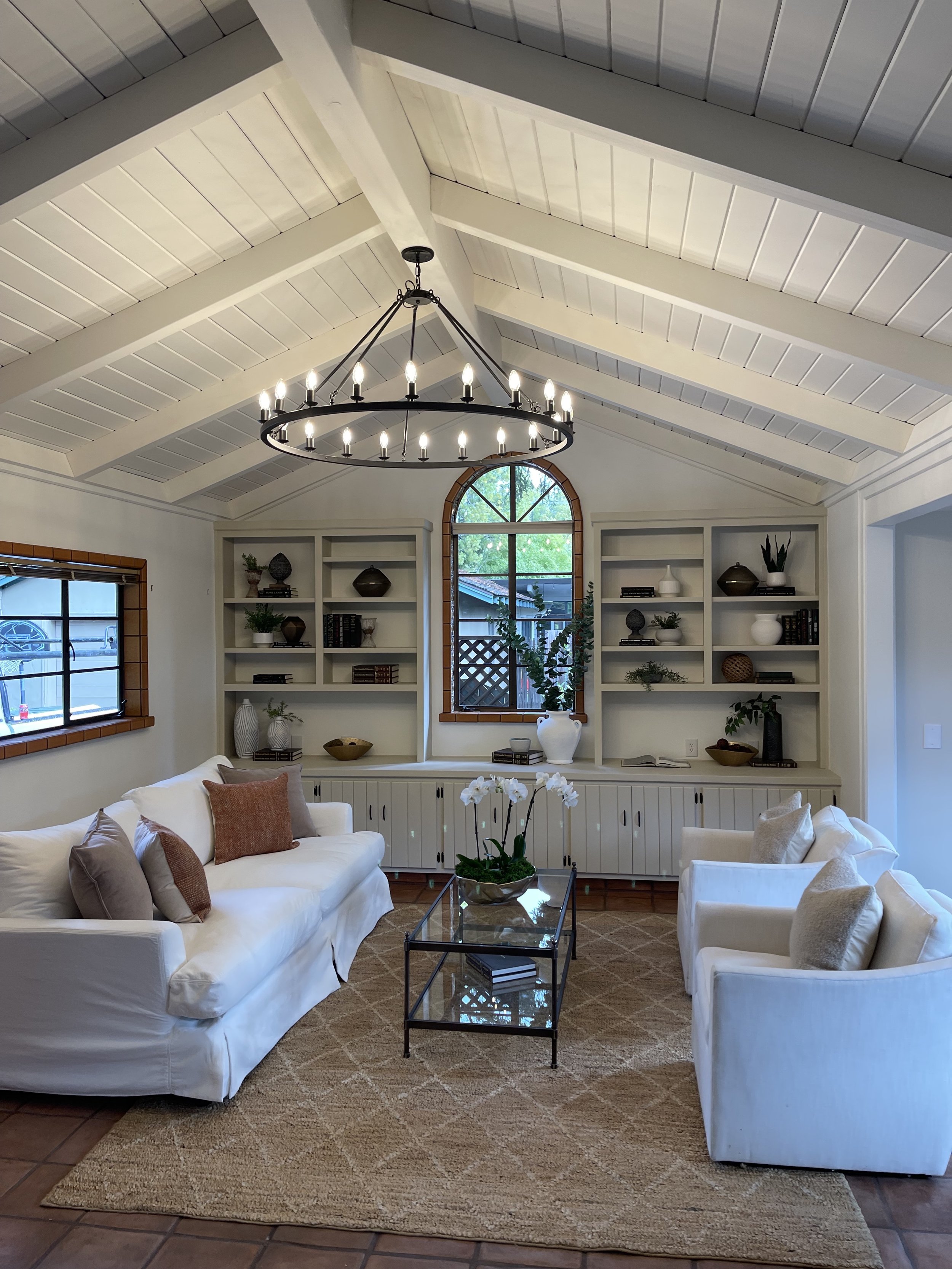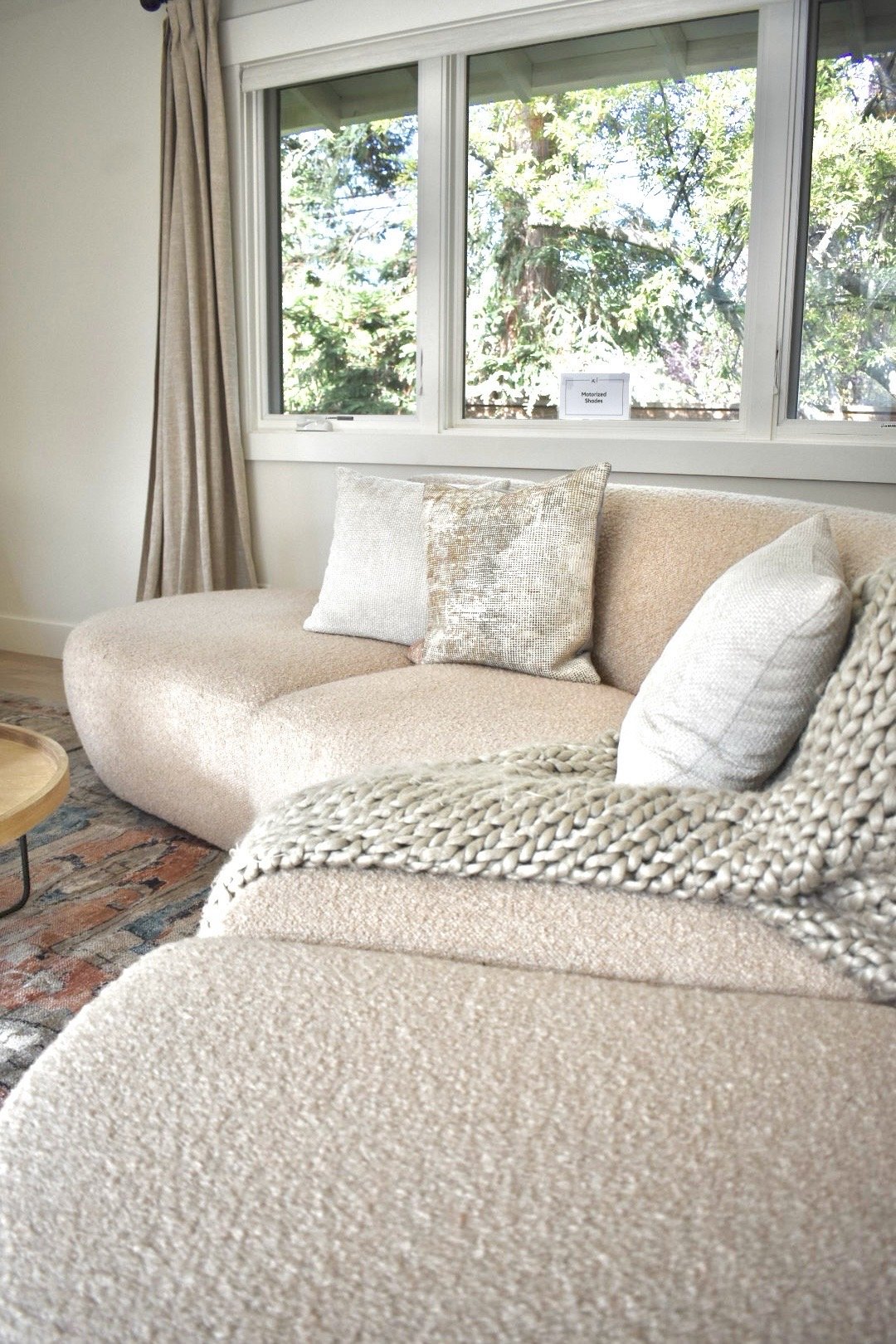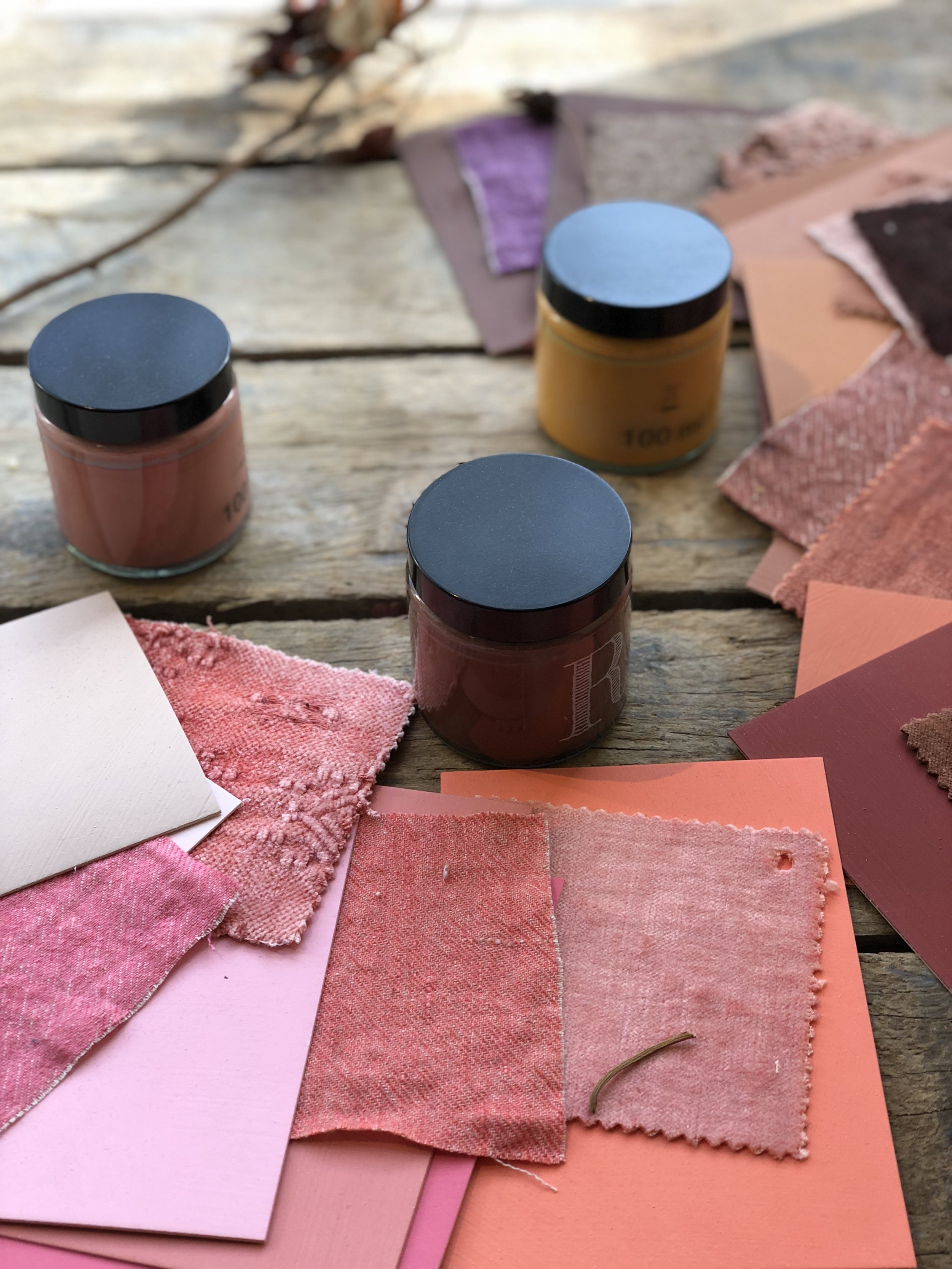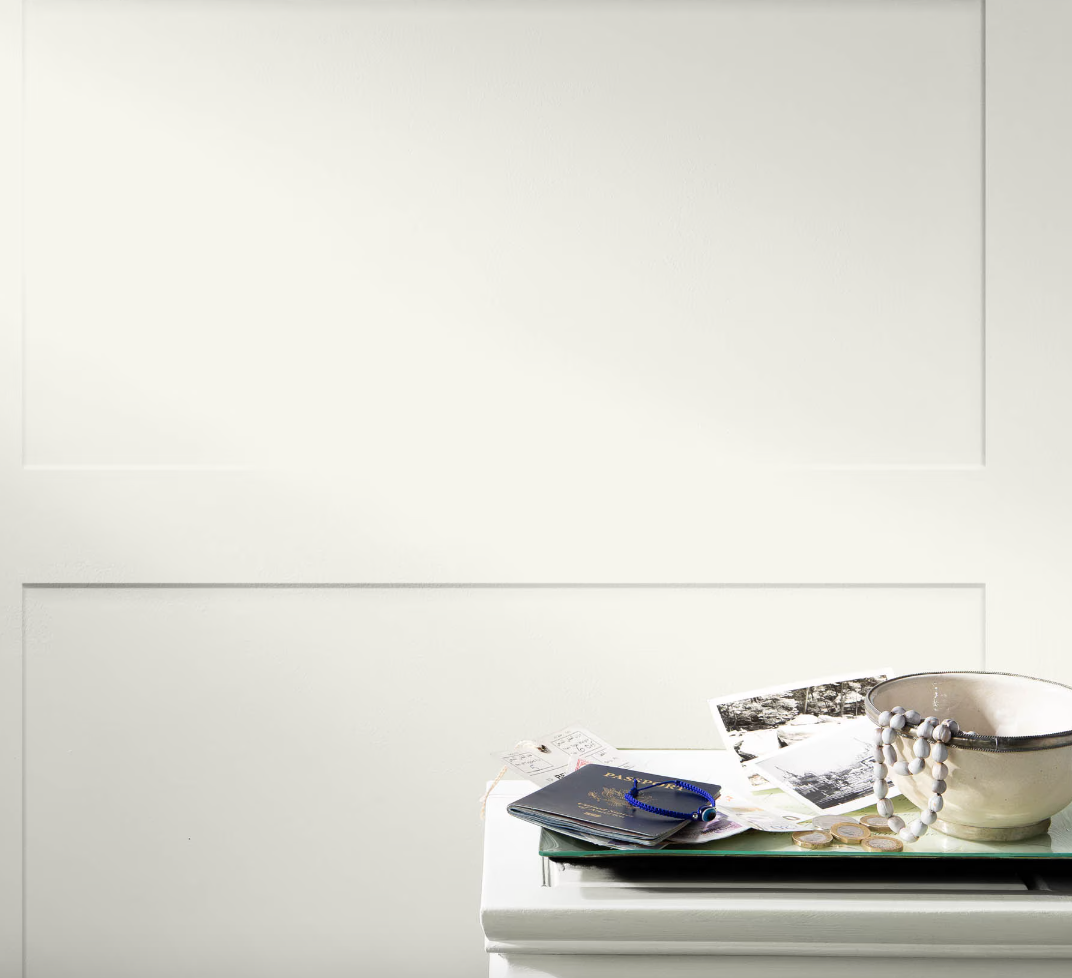Actions Speak Louder Than Words… Or in This Case, a Staged Home Speaks Louder Than an Empty One: Why Staging Is a Powerful Tool That Will Communicate the Potential of a Home to Buyers
/Let’s face it: we all know that first impressions matter. Whether it’s a job interview, meeting someone new, or even just picking out an outfit, we understand that how something (or someone) looks can say a lot. And when it comes to selling a home, that first impression can make all the difference between “I’ll take it” and “Thanks, but no thanks.”
Here’s the thing - buyers aren’t just purchasing four walls and a roof. They’re buying a lifestyle, an experience, and, yes, an opportunity to imagine themselves living happily ever after (or at least until the next move). Enter the superhero of home selling: staging.
While some might think that leaving a house empty is the best way to let buyers imagine their own vision, the truth is far from that. In fact, an empty home can feel cold, uninviting, and, dare we say it, a little depressing. But a well-staged home? Now that sends a message louder than any realtor’s spiel or flowery description in the listing. A staged home speaks to potential buyers in ways words can’t—creating a powerful visual that shows them what life could look like in that space.
Let’s dive in and explore why home staging is such a powerful tool that gives homes the edge in a competitive market.
1. Staging Shows a Home’s Full Potential
Imagine walking into a house with bare walls, empty rooms, and not a single hint of personality. Sure, you can see the structure, the layout, and the features - but where’s the heart? Where’s the “wow” factor? Where’s the lived-in feeling?
Now, let’s compare that to a beautifully staged home. Picture a cozy living room with a plush couch, colorful throw pillows, and art on the walls. A kitchen with a gleaming countertop and neatly arranged accents. A primary bedroom that feels like a serene oasis, not just a place to sleep. With all these elements in place, the potential of the home becomes crystal clear.
Home staging allows buyers to see not just what the space is now, but what it could become. It helps them envision themselves cooking meals in the kitchen, lounging on the couch, or enjoying a Sunday morning coffee on the patio. It takes a room that might otherwise be a blank canvas and turns it into a story that resonates.
2. Staging Evokes Emotion
As much as we try to fight it, humans are emotional creatures. And when it comes to buying a home, emotions run high. Buyers want to feel excited about their new space, and staging helps evoke that feeling. A thoughtfully arranged home tugs at heartstrings in ways that an empty house simply can’t.
Consider this: when you step into a beautifully staged home, you can almost hear the laughter, smell the fresh coffee brewing, and feel the warmth of a welcoming space. This emotional connection is powerful. Buyers who feel a spark of excitement or emotional attachment to a home are far more likely to move forward with an offer.
In fact, studies show that staged homes tend to sell faster and for a higher price than their unstaged counterparts. That’s no coincidence. When people are emotionally invested in a space, they’re more likely to make a decision quickly.
3. Staging Highlights a Home’s Best Features
A staged home is like a well-curated Instagram feed - everything is intentionally placed to look its best. From furniture to lighting to décor, staging ensures that every inch of the home is working its hardest to impress.
Take the living room, for example. In an empty house, buyers might be left wondering where the furniture would go or how the space would work for entertaining. But with a well-staged room, buyers instantly see the flow of the space, how it can comfortably fit a sofa and coffee table, and how the layout makes it perfect for hosting guests or relaxing at home.
Staging also draws attention to the home’s best features. That fireplace? Staged with a beautiful mantel and some decorative accents, it becomes a cozy focal point. Those large windows with a view? Framed with light, airy curtains that showcase the natural beauty outside. Staging makes sure that the house doesn’t just show up - it shines.
4. Staging Helps Buyers Visualize Their Own Lives in the Space
This is the magic of staging: it’s not just about filling a home with pretty furniture - it’s about creating an environment where potential buyers can imagine themselves living. It’s about making them see the possibilities and feel a sense of belonging.
When a home is staged well, it becomes a canvas for the buyer’s imagination. They start thinking, “I could put my family photos on that bookshelf” or “This dining room would be perfect for Thanksgiving dinner!” When buyers can see themselves in the space, they’re more likely to fall in love with it and make an offer.
5. Staging Reduces the Perception of Problems
Let’s be honest: every home has its quirks. Maybe there’s a weirdly shaped room or a narrow hallway. In an empty home, these quirks can seem like problems. But with a little creativity, staging can help minimize these imperfections.
For example, if a room feels small, staging it with the right-sized furniture can create the illusion of space. If there’s a quirky corner, placing an attractive plant or decorative item in that spot can draw attention away from it. Staging helps buyers see past the flaws and focus on the positives, which can be a game-changer in how they perceive the property.
6. Staging is an Investment That Pays Off
You might be thinking, “But isn’t staging expensive?” And while there’s a cost to staging, it’s important to think of it as an investment, not an expense. A staged home tends to sell faster and for more money, meaning the return on investment is well worth it.
Think of it this way: If you were to spend money on marketing or improving curb appeal, you’d expect a return, right? Staging is no different. It’s one of the most effective ways to make sure your listing stands out and gets noticed in a crowded market, especially in competitive areas like the San Francisco Bay Area.
7. Staging Helps Your Home Stand Out in Online Listings
Let’s face it: in today’s world, buyers are browsing listings online before they even step foot inside a home. And with so many listings out there, your home needs to stand out from the pack. Staging is a visual marketing tool that ensures your home looks its absolute best in photos.
High-quality photos of a beautifully staged home will grab buyers' attention as they scroll through listings. The goal is to stop them in their tracks and make them want to see more—and staging plays a key role in making that happen. The more inviting, vibrant, and well-presented a home looks online, the more likely it is that potential buyers will schedule a showing.
Staging Speaks Volumes
At the end of the day, it’s clear: a staged home speaks louder than an empty one. Staging allows potential buyers to see a home’s full potential, feel an emotional connection, and visualize their future in the space. It’s a powerful tool that helps a home stand out in a crowded market, boosts perceived value, and creates a lasting impression.
So, next time you’re thinking about selling a home, remember that while words might be important, actions speak louder - and in this case, a beautifully staged home can say it all.
Ready to make your home irresistible? Let’s chat about how staging can help your home get the attention it deserves!












































































